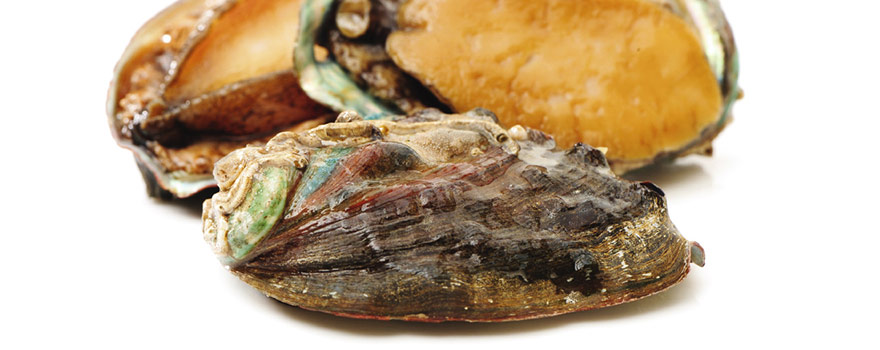
Food
Seasonal Abalone
Noma restaurant’s temporary Sydney relocation has swept a wind of change through our kitchens. Their (self-proclaimed) mission was to put Australia on the plate. Drawing on culinary traditions and native ingredients without fear or favour, Rene Redzepi and his team painted an image of Australia’s culinary culture. The exercise drew out questions, ideas and inspiration.
One dish that encapsulated this combination of native ingredient and cultural cringe was the abalone schnitzel. A mainstay of the Australian pub menu, the ‘schnitty’ is likely to have found its way on to Australian tables following the post-WWII wave of immigration from Europe. The abalone, on the other hand, had been a part of the Australian diet for many, many years before that.
Abalone history
Also known as mutton fish, abalone has been a part of aboriginal diets for thousands of years. Their distinctive flat, oval shells, replete with mother of pearl inlay, have been discovered in middens along Australia’s coastline.
Favouring cold waters with high salt content, regular tidal movement and abundant seaweed forests (for food), the southern Australian coastline provides one of the world’s best natural environments for abalone. This is reflected in industry: Victoria has served as an important abalone fishery since the late 1950s, while Tasmania now supplies around a quarter of the annual world abalone harvest.
This is in part due to the overfishing of abalone stocks globally. As abalone is highly prized, and can reach impressive prices at market (around $100/kg), many abalone fisheries have been plundered by poachers on top of the commercial market, leaving them decimated.
We are certainly not immune, however, abalone fishing is heavily protected in Australia with commercial diving licenses limited by haul quantity and shell size, and is also regulated to protect breeding grounds. Recreational divers can also brave the elements (and often shark infested waters) to prize the muscle from rocks, but their haul is also severely limited (it varies state to state).
Flavour profile
A prized delicacy, particularly in Japan and China, abalone is somewhat similar to squid in regards to flavour and texture. It also reacts in a similar manner when cooked and benefits from super quick flash frying or long and slow braising. Anything in between renders it too tough and chewy to be enjoyable.
Select and store
We have four key varieties of abalone in Australia: greenlip, blacklip, brownlip and Roe’s abalone. There is a farmed cocktail size now also available. If you are lucky enough to get your hands on fresh, live abalone, Stephanie Alexander suggests storing them like you would live oysters - in a wet hessian bag in a cool spot. To clean the abalone, slide a sharp knife under the muscle to separate it from the shell. Generally you will then cut out the v-shaped stomach (although in some cultures this is kept in place and eaten with the rest of the abalone). Scrubbing the surface of the abalone is also suggested to remove the coloured membrane and frill around the edge.
Abalone is then most often sliced very finely for quick cooking, or a little wider for a long braise. It is often tenderised with a meat mallet to help break down the muscle fibres.
Abalone love
Soy sauce, mirin, ginger, sake, garlic, butter, chilli, lemon.